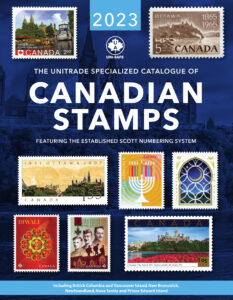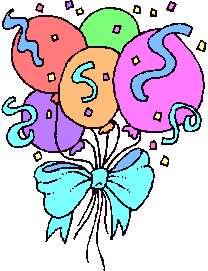 The Penny Black is for sale at Arpin Philately! How would you like to own the very first postage stamp ever printed? Now you can own your very own piece of history! Arpin Philately is very happy to possess 2 different Penny Black stamps in inventory right now!! While not necessarily one of the most expensive stamps in the world, it certainly is one of the most famous. After all, it’s what started the modern post system as we know it today.
The Penny Black is for sale at Arpin Philately! How would you like to own the very first postage stamp ever printed? Now you can own your very own piece of history! Arpin Philately is very happy to possess 2 different Penny Black stamps in inventory right now!! While not necessarily one of the most expensive stamps in the world, it certainly is one of the most famous. After all, it’s what started the modern post system as we know it today.
Stamp perfins-what exactly are they?
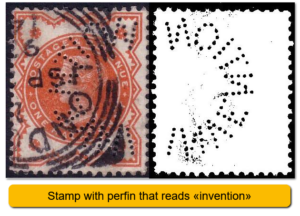
Good question! We all want to know what stamp perfins are, right? The word “perfin” is a shortened version of the two words “PERforated INitials” or “PERforated INsignia”. Philatelists also call stamp perfins “SPIFS”. This is an acronym for “Stamps Perforated with Initials of Firms and Societies”. I have to say, perfin is a lot simpler to remember!
We understand the meaning of the word when we know its origin. The meaning almost becomes self-explanatory. People or companies punch tiny holes into a stamp in the shape of letters, an object, or a design. This is a perfin.
Stamps of Newfoundland-collect them now!
 Why would you want to collect these particular stamps? Because stamps of Newfoundland are an important part of history. Do you know the history of Canada and of Confederacy? I promise that I won’t be giving you a complicated history lesson! In a nutshell, this is how it goes: this land was colonized in turn by the French and the British. First, it was the Province of Canada Then it became the Dominion of Canada after Confederation in 1867. Did you know that Canada is still legally a Dominion? But the term is no longer used in our modern times.
Why would you want to collect these particular stamps? Because stamps of Newfoundland are an important part of history. Do you know the history of Canada and of Confederacy? I promise that I won’t be giving you a complicated history lesson! In a nutshell, this is how it goes: this land was colonized in turn by the French and the British. First, it was the Province of Canada Then it became the Dominion of Canada after Confederation in 1867. Did you know that Canada is still legally a Dominion? But the term is no longer used in our modern times.
Collections & accumulations of stamps
 You’re probably all very familiar with our “Stamps on Approval” club here at Arpin Philately. But it’s not the only way you can get the stamps you want! There are also our “Collections & Accumulations” sections.
You’re probably all very familiar with our “Stamps on Approval” club here at Arpin Philately. But it’s not the only way you can get the stamps you want! There are also our “Collections & Accumulations” sections.
Stamp perforations and their types
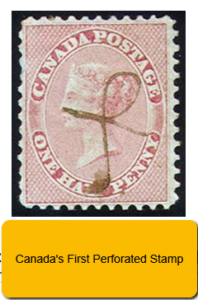 Stamps are made up of different parts: the type of paper, the vignette, the denomination, etc. One of the most important things a collector needs to understand properly is stamp perforations, or “perfs” as they are commonly referred to. There are many different methods of postage stamp separation. This article will explain perforations to you.
Stamps are made up of different parts: the type of paper, the vignette, the denomination, etc. One of the most important things a collector needs to understand properly is stamp perforations, or “perfs” as they are commonly referred to. There are many different methods of postage stamp separation. This article will explain perforations to you.
What does «stamp cachet» mean?
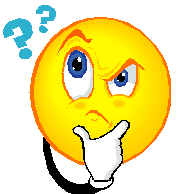
So what is a stamp cachet? Cachets represent a really fun part of stamp collecting. First of all, though, stamp collectors need to understand what a First Day Cover is (FDC) because cachets are almost always found on them.
Identify different types of stamp grills
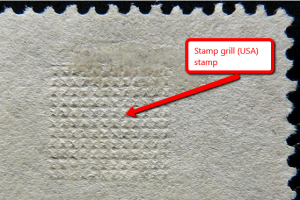 Awhile ago in another article, we discussed what a stamp grill is. Now we will help you to identify different types of stamp grills that are known to exist.
Awhile ago in another article, we discussed what a stamp grill is. Now we will help you to identify different types of stamp grills that are known to exist.
First of all, just a quick reminder: stamp makers developed grills in order to prevent the reuse of stamps. The maker embossed the stamp with a special roller. The roller broke up and weakened the fibers in the stamp paper. The cancellation ink could now be absorbed into the paper more. If you tried to wash off the cancellation, the stamp would most likely tear where the grill mark was located because the paper was weaker.
A stamp catalogue is a necessity!
There are many useful and necessary tools for stamp collectors, whether they be new to the hobby or more experienced. Just think of stamp tongs, mounts, hinges, stamp pages and albums. In my humble opinion, there is another absolutely necessary accessory to your stamp collecting pastime-a stamp catalogue. And I’m NOT just saying that to sell catalogues!
Stamps Surprise Lot Makes a Great Gift
 Never know what to get the stamp collector in your family! Well, what if you make the gift of a Canada Stamps Surprise Lot?! After all, every stamp collector enjoys a bit of mystery and that’s exactly what you get with a Surprise Lot. It’s also a great way to introduce budding new collectors to the hobby.
Never know what to get the stamp collector in your family! Well, what if you make the gift of a Canada Stamps Surprise Lot?! After all, every stamp collector enjoys a bit of mystery and that’s exactly what you get with a Surprise Lot. It’s also a great way to introduce budding new collectors to the hobby.
How can I identify stamp colours?
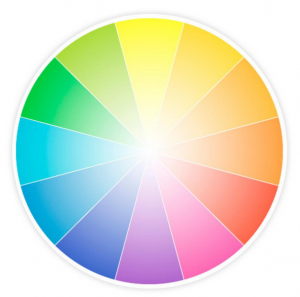 So … how can you identify stamp colours? That is the question! The first article of this series dealt with why there are so many different stamp colours and why that can make colours hard to identify. The purpose of “How can I identify stamp colours?” is to help you identify stamp colours even without a universal do-it-all guide.
So … how can you identify stamp colours? That is the question! The first article of this series dealt with why there are so many different stamp colours and why that can make colours hard to identify. The purpose of “How can I identify stamp colours?” is to help you identify stamp colours even without a universal do-it-all guide.
Here’s a quick recap of why colours are hard to identify:
- Stamp colour age and change with time
- The human eye sees colours differently from one person to the next
- An abundance (overabundance?) of recognized shades and colours
